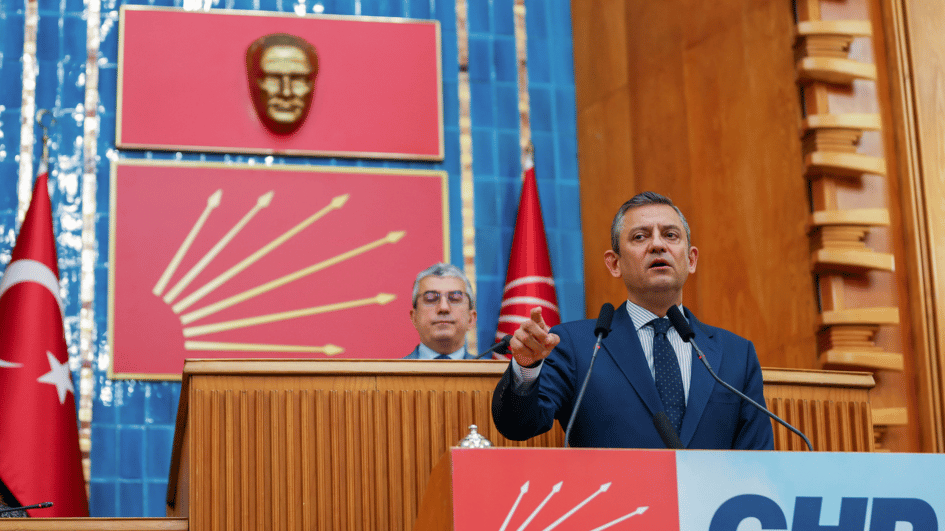There is more to come to consumer price index
The increase in the exchange rates in the last five months has reached 20 percent, half of it actualizing in May.
Consumer price index (CPI) increased by 1.62 percent in May, according to a Turkish Statistics Institute (TÜİK) statement on June 4.
And the domestic producer price index (D-PPI) recorded the highest increase in the same month since 2003 with 3.79 percent.
The inflation rate has been on a rising track since 2017. The CPI has been consistently over 10 percent, and the D-PPI has been over 15 percent. Now the upsurge in the exchange rates has added to this.
These two indicators point to the track the inflation rate will follow in the coming months: The annual CPI, consumer inflation, increase has reached 12.1 percent, and the annual D-PPI increase has hit 20.4 percent. It is not easy for the producers to bear the burden of the annual 20 percent increase in production costs.
The increase in the D-PPI, and the extra increases this month, will eventually add to the retail prices, and the household expenditures.
Keep in mind that there are other suspended price hikes, such as those on fuels, which will be put into effect after the elections on June 24, or they will be covered by taking more from the pockets of citizens who pay their taxes regularly. The price hike, suspended by reducing the Special Consumption Tax, is around 5 percent.
The intermediate goods price increases, which had been in decline since October 2017, have hit 24 percent again. A hike as big as this was not even observed during the upsurge in energy and commodity prices in 2008.
Both the inflation rate trend and the price setting behavior have deteriorated, and the incoming results of the surging exchange rates have been taking Turkey to the pre-2004 period. But no heed of relevant warnings have been taken in the recent months.
The annual increase in the core inflation rate, measured by excluding energy and food prices, has hit the record level of the last 15 years with 12.64 percent. In this context, the average price increase acceleration in the last three months is on a track of 20 percent. The cost increases indicated by the D-PPI will inevitably be reflected to the consumers and the CPI will follow a rising track.
Take the food prices: Between February and May producer prices have risen 7.5 percent cumulatively but the food price increase in the CPI has been only 3.4 percent. It is very obvious that the price tags will see higher prices this month and in the following months.
As we have been returning to the pre-2004 period in terms of the CPI and the core inflation, we should remember the interest policy rate at that time. The key interest rate the Central Bank used to borrow from the markets in 2004 was ranging between 20 and 22 percent. Today it is at 16.5 percent even after the 300 basis points rise on May 23 and that level is not viewed as enough.
Unfortunately we have been paying the heavy price for the complacency in policy-making during the times of high capital inflow and easy access to foreign currency liquidity, and being late.
We have ended up on the brink of inflation and devaluation spiral. We have been losing credibility.
If the Central Bank acts against the inflation as it did before, the result will be soaring exchange rates. The rising exchange rates then take the inflation rates higher. The cost of halting this trend and the exchange rate expectations decisively is higher interest rates.
These are all the results of disregarding the current account deficit and keeping the interest rates lower during times of capital inflow. Abstaining from a 100 bps interest rate increase in the right time, making a 300 bps hike after the flames engulfed the house and now being doomed to do more, were added on top of those.
It was not only the Central Bank who lost credibility within this period, financial institutions and private companies have also seen damage on their credibility.
That is why, on the brink of the inflation and devaluation spiral, the steps taken by the economic establishments in Ankara are very important. It is obvious that monetary policy and higher interest rates will not be sufficient. What is needed is to enter a new period of normalization of the political environment with institutions and establishments operating lawfully and regularly.
We have left the times of handling the situations temporarily.











